When Mark Fellows, 38, known in Britain’s underworld as The Iceman, heard the verdict at Liverpool Crown Court on January 17, 2019, he didn’t flinch—he mimed cutting his throat and spat at his accomplice. Moments later, the judge handed down a whole life tariff, meaning Fellows will die behind bars. No parole. No release. Just the cold, unyielding math of justice for two brutal, calculated killings that shook the criminal landscape of Greater Manchester.
The Feud That Blew Up Salford
The murders of Paul Massey, 55, and John Kinsella, 53, weren’t random acts of violence. They were strategic strikes in a bloody war between two factions of organized crime in Salford. Massey, a father of five and self-styled "Mr Big" of the A-Team criminal organization, ruled the streets with a mix of charm and brutality. Kinsella, a former martial arts instructor turned enforcer, was his right hand—quiet, lethal, and deeply connected in Liverpool’s underworld. Fellows and his partner, Steven Boyle, belonged to a splinter group that had been chafing under Massey’s dominance. The tension had been simmering for months. Then, on July 26, 2015, it exploded. Massey was shot 18 times with an Uzi-style weapon outside his home on Manchester Road. Witnesses described the killer in military fatigues, firing without hesitation as Massey dove for cover. Five bullets found their mark. He died on his doorstep. The police offered £50,000 for information. No one came forward—until the digital trail started glowing.A Fitness Watch, a Revolver, and a Betrayal
Three years later, on May 5, 2018, Kinsella was walking his dogs with his pregnant partner, Wendy Owen, near the St Helens Linkway in Rainhill, Merseyside. That’s when Fellows, cycling up on a stolen bike, pulled out a Webley six-shot revolver. He fired twice into Kinsella’s back. Then, standing over him, he fired two more into the back of his head. Execution style. Cold. Precise. The murder was coordinated using encrypted EncroChat handsets—technology once thought to be police-proof. But this time, investigators cracked it. And then came the Garmin fitness watch found in Fellows’s Warrington home. The GPS data showed he’d cycled to a field opposite Massey’s house on the morning of the killing. The timestamps matched. The location was undeniable. Boyle, who prosecutors called Fellows’s "brother in arms," took the stand. He admitted he’d been the lookout. He’d been handed a gun bag that day. He’d watched. He’d waited. And when the verdict was read, he broke down. Fellows, in turn, screamed: "It’s your fault, you grass."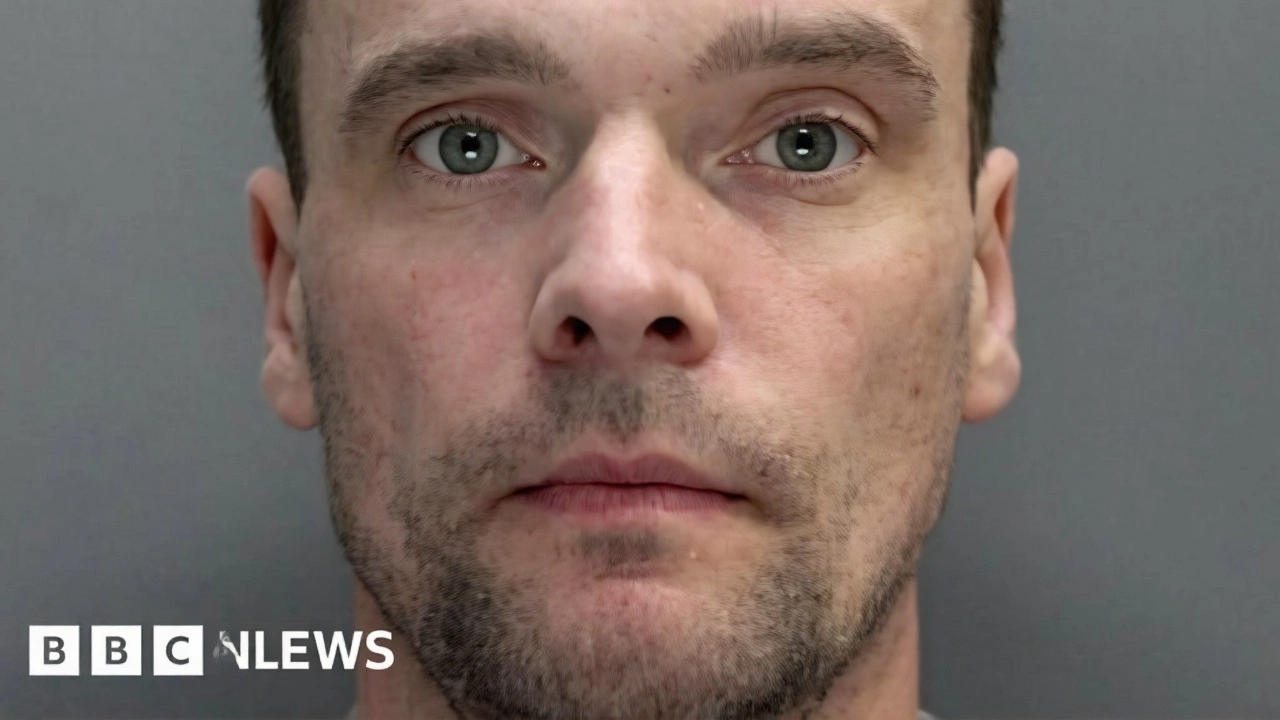
Why This Case Changed Everything
This wasn’t just about two dead men. It was about how modern policing finally caught up with the old-school gangland code of silence. For years, organized crime in the North operated under a simple rule: no one talks. Cops got nowhere. Informants disappeared. Cases collapsed. But here, the evidence didn’t come from a snitch—it came from a fitness tracker, encrypted messages, and a single man who chose survival over loyalty. Fellows was one of only 70 prisoners in England and Wales serving a whole life tariff at the time. That’s rarer than a royal pardon. It’s reserved for the worst of the worst: terrorists, child killers, serial offenders. And now, a professional hitman who killed for money and power. The £10,000 in cash found in Fellows’s bedroom? Prosecutors called it "blood money." He’d been paid to kill. Twice.The Ripple Effect
The convictions sent shockwaves through Britain’s criminal underworld. Suddenly, encrypted devices weren’t magic shields—they were digital fingerprints. Fitness trackers weren’t just for joggers—they were surveillance tools in the hands of detectives. And the code of silence? It had a crack. Police forces across the UK began retraining officers on digital forensics. The National Crime Agency launched a new task force focused on tracking encrypted communications. Even the most hardened gangsters started ditching their EncroChat phones. And Wendy Owen? She survived. She gave testimony. She didn’t just survive the murder of her partner—she helped put his killer away for life. Her courage, quiet and unflinching, became one of the case’s most powerful legacies.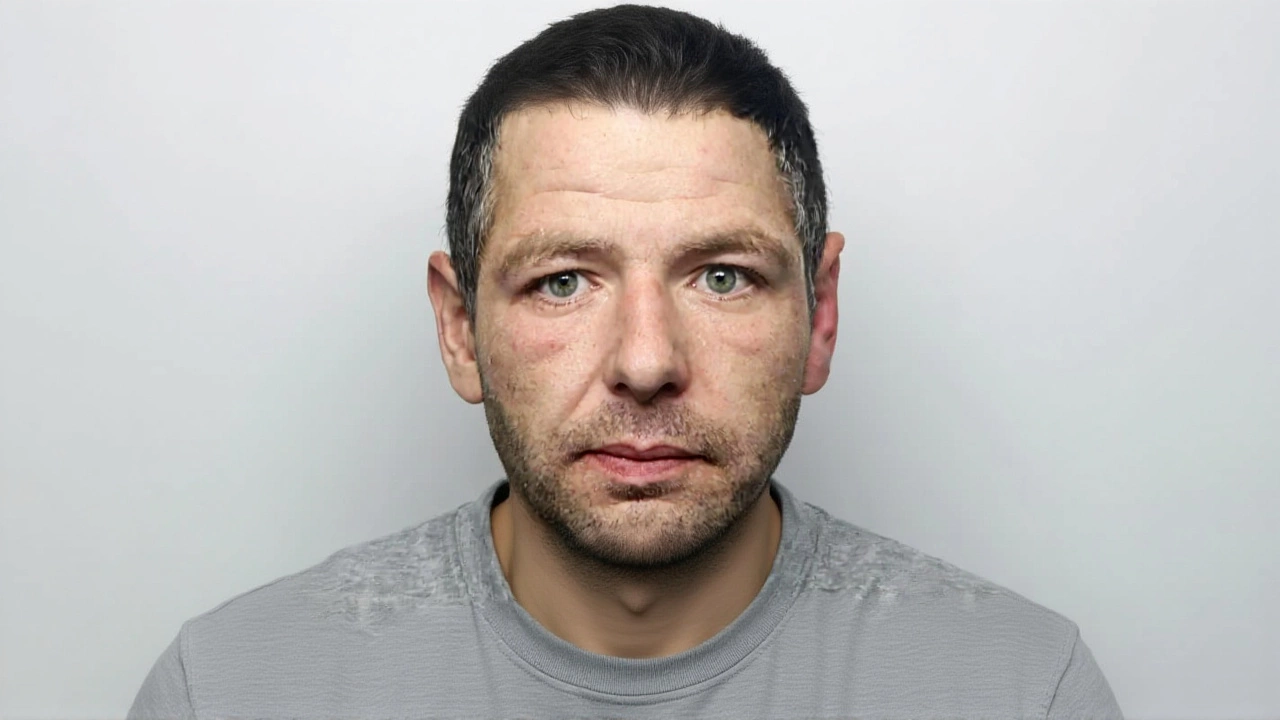
What’s Next?
Fellows is now in high-security custody, likely at Wakefield Prison or Long Lartin. Boyle, convicted as an accessory, received a 25-year sentence. Both men will appeal. But the evidence is so overwhelming, legal experts say the chances of overturning the verdict are near zero. Meanwhile, the A-Team is fractured. Massey’s children have kept a low profile. Some say the organization is gone. Others whisper that new players are rising—more cautious, more tech-savvy, and far more afraid of a fitness tracker than a gun.Frequently Asked Questions
How did digital evidence lead to Mark Fellows’s conviction?
A Garmin fitness watch recovered from Fellows’s home provided GPS data placing him at the exact location where Paul Massey was killed. Combined with encrypted EncroChat messages linking him to John Kinsella’s murder, the digital trail formed an unbreakable chain of evidence that bypassed the traditional reliance on informants—making this one of the first major UK gangland convictions built almost entirely on tech forensics.
Why was Mark Fellows given a whole life tariff?
Whole life tariffs are reserved for murders deemed exceptionally brutal, premeditated, or involving multiple victims. Fellows killed two men in cold blood—Massey with 18 gunshots and Kinsella with four to the head—while acting as a professional hitman. The court found his actions demonstrated extreme cruelty and a complete disregard for human life, meeting the legal threshold for never being eligible for parole.
What role did Steven Boyle play in the murders?
Boyle acted as the lookout and logistical support for both killings. He provided surveillance, transportation, and weapons. Though he denied pulling the trigger, his testimony against Fellows during the trial was pivotal. He was convicted as an accessory and sentenced to 25 years, while Fellows received a whole life term.
How did the public react to the verdict?
The verdict was met with widespread approval, especially in Salford and Merseyside, where Massey and Kinsella’s violence had terrorized communities for years. Local leaders praised the police for using modern technology to bring justice without relying on dangerous informants. The case became a textbook example of how digital evidence can dismantle organized crime networks.
Are there other cases like this in the UK?
Yes. The 2021 conviction of the "Salford Seven" also relied heavily on EncroChat data and wearable tech. But Fellows’s case was among the first to combine GPS tracking, encrypted comms, and a turncoat accomplice to secure a whole life sentence for gangland murder. It set a legal precedent that has since been cited in over a dozen similar prosecutions.
What happened to Paul Massey’s family after the murder?
Massey’s five children largely disappeared from public view. Two have since moved abroad; one reportedly works in law enforcement. His widow, Carol Massey, has spoken publicly about the trauma but declined to engage with media after the trial. The family’s silence, like the case itself, speaks volumes about the lasting scars of gangland violence.
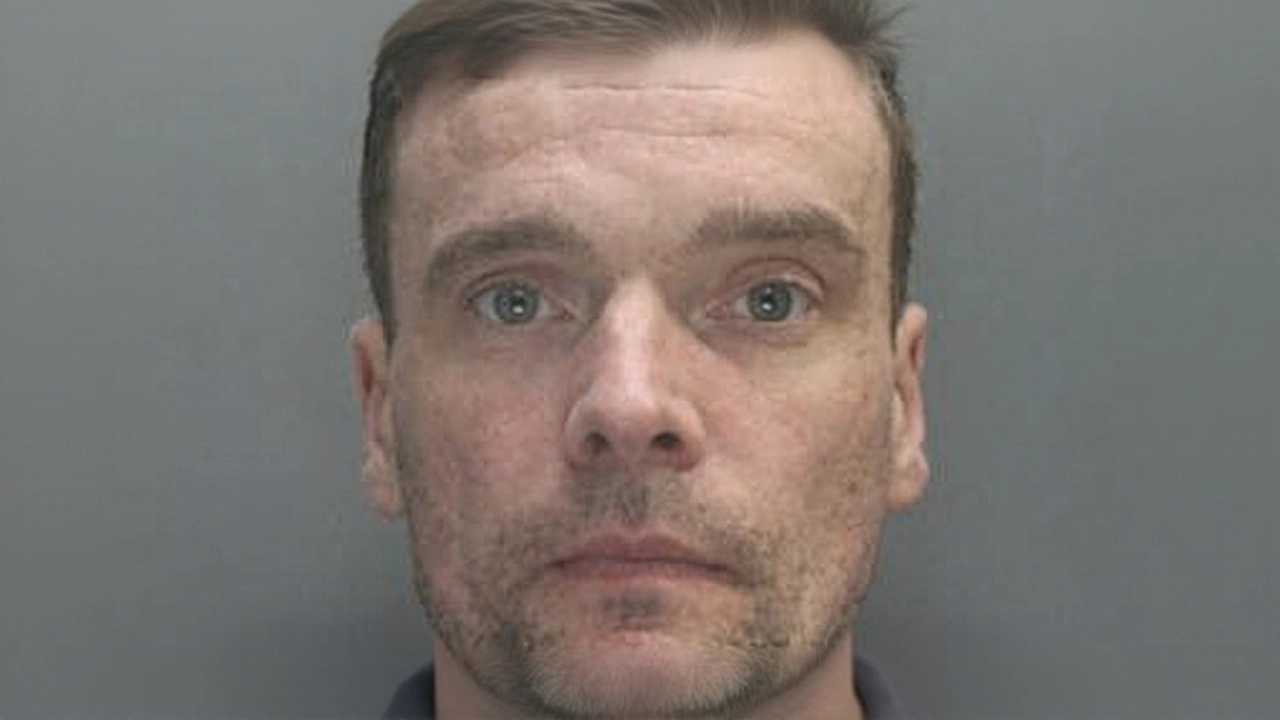
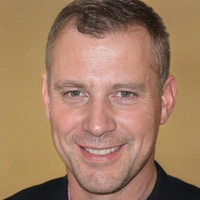
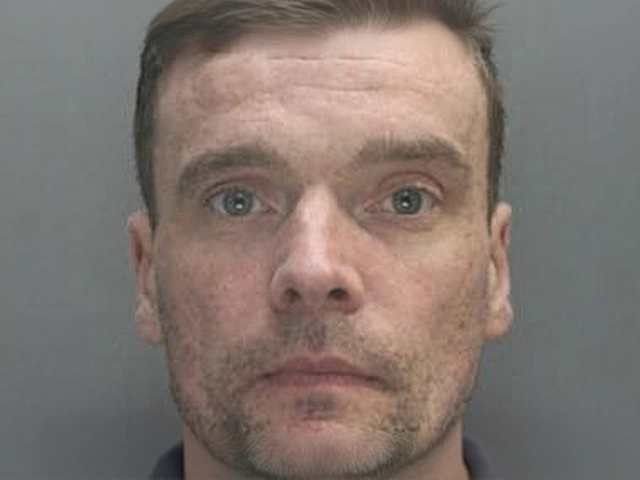



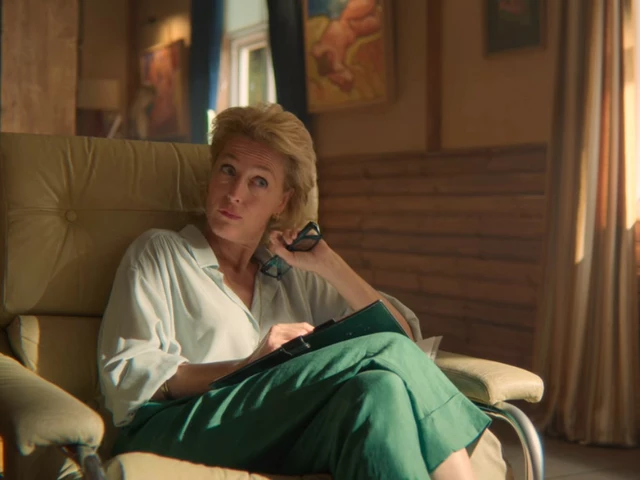

Write a comment